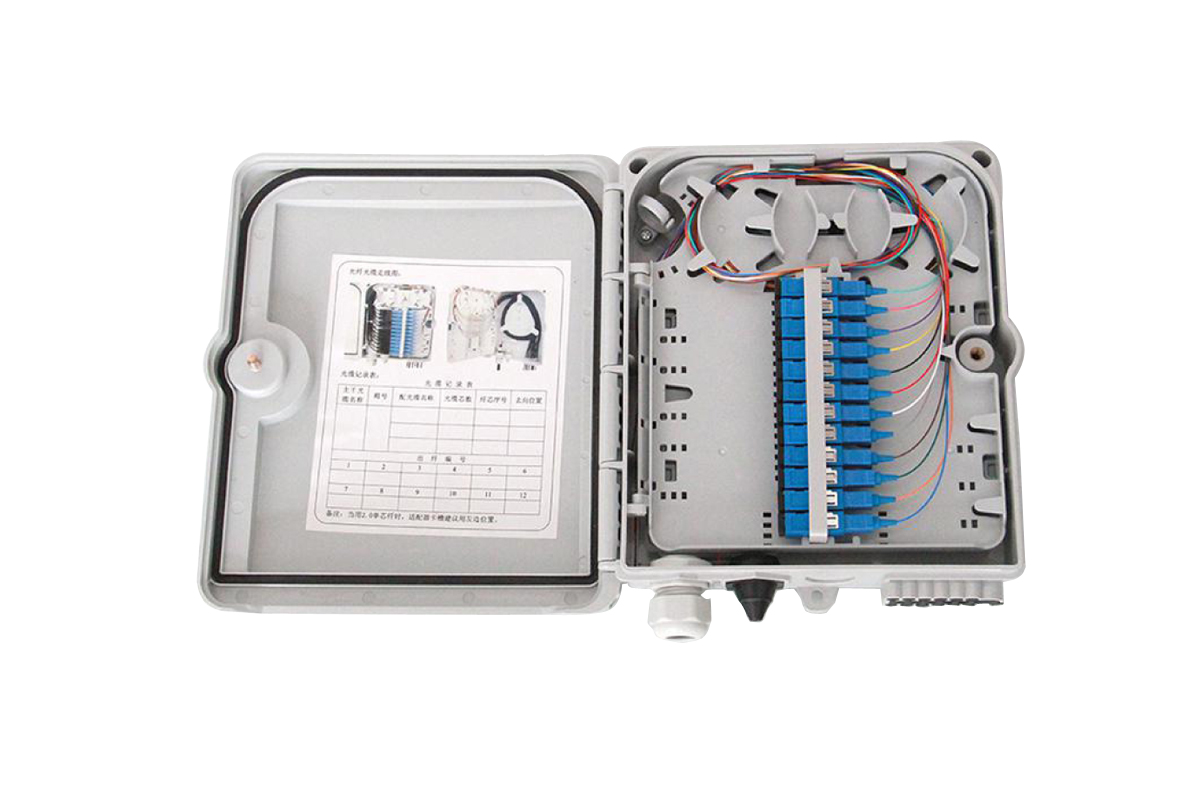Telecommunication is an essential aspect of our daily lives, and the need for reliable and efficient communication systems is continuously increasing. The traditional telephone network infrastructure has been in place for decades, but with advancements in technology, telecommunications companies are looking for ways to upgrade their systems to meet the growing demands. One of the latest and most innovative solutions is the fiber optic terminal box. In this article, we will explore how fiber optic terminal boxes are revolutionizing local telephones.
What is a Fiber Optic Terminal Box?
A fiber optic terminal box is a device that provides a connection point for fiber optic cables to enter a building or a residence. Fiber optic termination box is a compact and robust device that is designed to protect the fiber optic cables and provide a secure connection point. Fiber optic cables transmit data using light, which is faster and more efficient than the traditional copper cables used in telephone networks. The terminal box is installed at the end of the fiber optic cable and serves as the interface between the fiber optic cable and the local telephone network.
Advantages of Fiber Optic Terminal Boxes
- Efficient Cable Management: Fiber optic terminal boxes provide a structured and organized solution for managing fiber optic cables. They offer compartments and ports to neatly organize and secure the cables, minimizing the risk of tangling or damage. This efficient cable management ensures easy maintenance, troubleshooting, and future scalability.
- Protection and Durability: Fiber optic terminal boxes are designed to provide robust protection for fragile fiber optic cables and connectors. They are made from high-quality materials that offer excellent resistance to environmental factors such as moisture, dust, and temperature variations. This durability ensures the longevity and reliability of the fiber optic network.
- Easy Installation and Accessibility: Fiber optic terminal boxes are designed for easy installation and accessibility. They often come with user-friendly features such as removable panels or slide-out trays, allowing technicians to easily access the cables and connectors for maintenance or upgrades. This ease of access simplifies installation processes and reduces downtime.
- Flexibility and Scalability: Fiber optic terminal boxes offer flexibility and scalability, making them suitable for various network setups. They come in different sizes and configurations, allowing businesses to choose the appropriate box based on their specific requirements. Additionally, fiber optic terminal boxes can accommodate additional ports or modules as the network expands, ensuring future scalability.
- Improved Signal Quality: Fiber optic terminal boxes play a vital role in maintaining the signal quality of fiber optic networks. They provide a secure and protected environment for the cables and connectors, preventing signal loss or degradation. This results in high-performance data transmission, ensuring consistent and reliable communication within the network.
- Enhanced Safety: Fiber optic terminal boxes prioritize safety by offering features that protect the cables, connectors, and operators. They often have lockable enclosures or doors to prevent unauthorized access, ensuring the integrity of the network. Additionally, the use of fiber optic technology eliminates the risk of electrical hazards, making fiber optic terminal boxes a safer alternative to traditional copper-based solutions.
Applications of Fiber Optic Terminal Boxes
The use of fiber optic terminal boxes is not limited to local telephone networks. They have several other applications in various industries. For instance, fiber optic terminal boxes are used in the healthcare industry for telemedicine and telehealth services. They provide a secure and reliable connection for doctors and patients to communicate over long distances.
Fiber optic terminal boxes are also commonly used in the broadcasting industry for transmitting high-quality audio and video signals over long distances. Additionally, they are used in the transportation industry for communication between different modes of transportation, such as airplanes and ground control. The military and government agencies also rely on fiber optic terminal boxes for secure communication and data transfer. Overall, the versatility and reliability of fiber optic terminal boxes make them an essential component in many industries.
Future of Fiber Optic Terminal Boxes
The use of fiber optic terminal boxes is expected to increase in the coming years as more telecommunication companies upgrade their networks. The demand for faster and more reliable communication systems is continuously increasing, and fiber optic terminal boxes provide a solution that meets these demands.
Conclusion
Fiber optic terminal boxes are revolutionizing local telephones by providing faster, more reliable, and secure communication systems. They have several applications in various industries and are expected to become more prevalent in the coming years. The use of fiber optic terminal boxes is a significant step towards the development of advanced communication systems that meet the growing demands of our modern world.
